A couple of weeks back, we did our unboxing and hands-on video on the Xiaomi Redmi Note 11. It’s got a 6.43-inch display, Snapdragon 680 processor, dual rear cameras, and a 5,000mAh battery. All decent specs on paper, but how does it hold up in the real world? Well, we were able to spend a good time with the Redmi Note 11, and here are our thoughts about it.
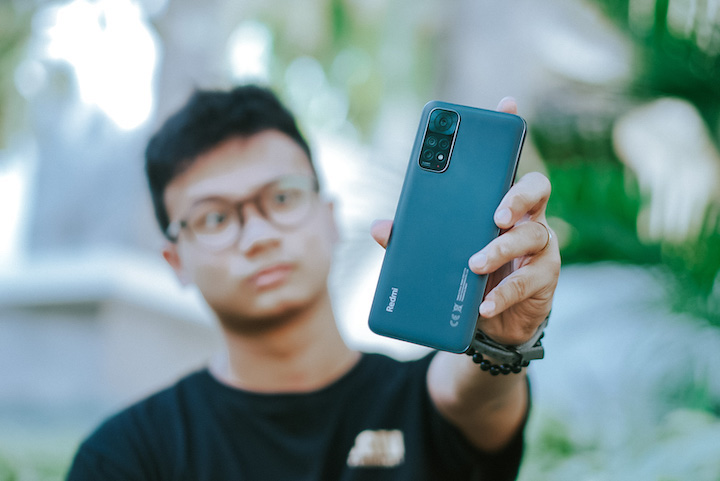
Table of Contents
Right off the bat, the Redmi Note 11 feels solid and well-built for its class. Although it doesn’t have a unibody design, everything feels intact and rugged. The back is made out of a polycarbonate matte textured finish, although it still attracts oils and smudges. It’s a little bit hard to clean, so putting a case on this device is a must.

We dig the boxy form factor making it very comfortable to hold; there’s also a subtle chrome accent on the sides and in the camera module. And speaking of the cameras, the quad-camera module has a slight protrusion making it wobble on a table when laid flat. The unit we have is the Star Blue colorway, but you can also choose between Graphite Gray and Pear white colorway, depending on your preference.
Upfront, we have a 6.43-inch display with decent-sized bezels and a slightly thicker chin. Residing at the top of the display is the front-facing camera.
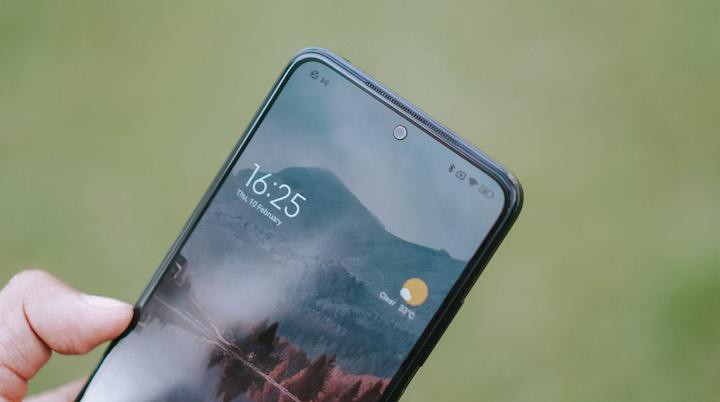
Moving over to the buttons and ports, we have the SIM card slot with a dedicated microSD card on the left side.
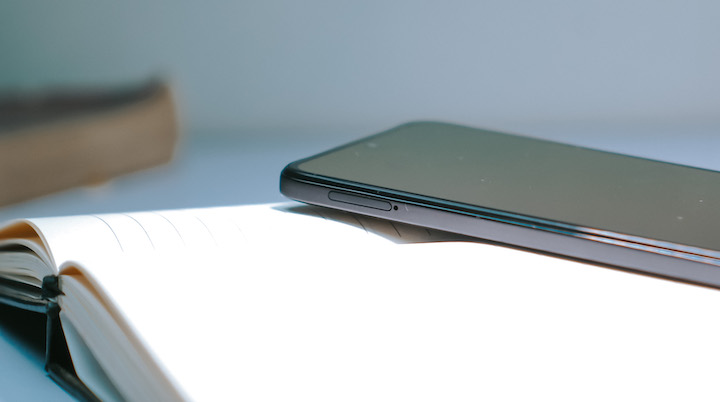
Side-mounted fingerprint scanner and volume rockers on the right.
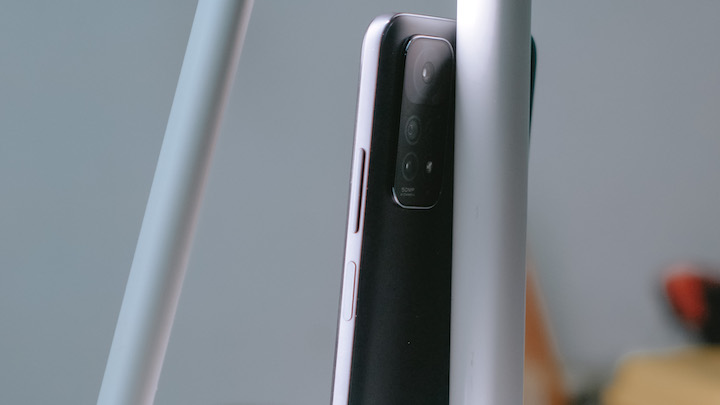
Speaker grilles, microphone, and a USB Type-C port at the bottom.
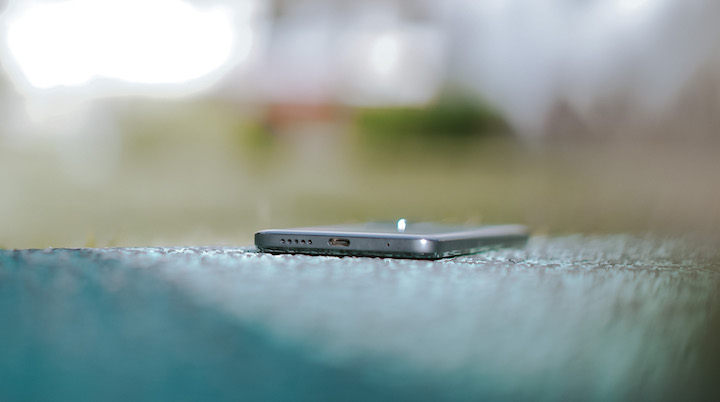
Another speaker grille, the good old IR blaster, secondary microphone, and headphone jack at the top.

Checking out the display, we have a 6.43-inch AMOLED panel with support for a 90Hz refresh rate, which has a resolution of 2400 x 1080 or equal to 409ppi. The display is sharp, viewing angles are great, and has punchy colors with deep blacks, making it an ideal tool for watching content on YouTube, Netflix, or anything alike.

We also didn’t encounter any issues when viewing in broad daylight as the display can produce up to a maximum of 1000nits. The saturation of the display can be adjusted in the settings. Vivid is set by default, but if you want a more punchy UI, you can have it set to saturated, or if you feel that the colors are too punchy, you can set it to standard. Night mode is also present, which increases the contrast, making the display ideal for viewing at night.

Moving over to the speakers, well, I must say, the stereo speakers in this device is loud but they sound very tiny at maximum volumes and lack bass. Considering its class, you can’t argue in this segment, so we suggest you use a good-sounding wired headset, a good-sounding TWS on the side, or a much better listening experience.
When it comes to its cameras, the Redmi Note 11 packs a quad-camera setup, which consists of a 50MP primary, 8MP ultrawide, 2MP macro, another 2MP depth, and a 13MP front camera.

Photos were okay, nothing too flashy for the final image. The colors look neutral, with a decent amount of details. Contrast is also boosted, making the overall image look a little on the gloomy side even under broad daylight. Although, when it comes to shooting using the ultra-wide lens, as expected, the quality looks a little less than the main camera. Details are present but not too prominent as some scenes can look a little noisy even under ample lighting conditions.
Portrait mode is also available and surprisingly does a pretty good job in applying blur effects, although it can be challenging for some subjects with jagged edges or loose hair.
Using night mode does improve the quality of scenes in low light conditions. Shots were bright enough, and the colors could look more pronounced compared to when night mode is turned off.
On the other hand, in all fairness, skin tones look natural, colors look somewhat accurate, boosted contrast can also be observed here, and HDR is missing in action.
When it comes to video, it can record up to 1080p at 30fps. Like its photo quality, the colors look neutral with decent detail. HDR, on the other hand, can be underwhelming. No OIS or EIS in here making handheld videos looks shaky– do take note of that.
When it comes to software, the Redmi Note 11 runs on MIUI 13.0.2 based on Android 11. There are bloatware right out of the box, though; these apps can be removed if you don’t use them.

Icons, themes, and the overall UI are highly customizable from text sizes, wallpapers, home screen animations, and more, but we already liked the default settings. Aside from this, you can also opt to have a home button or gesture-based navigation. Furthermore, you can also choose between the traditional app drawer or the classic all-in-one home screen on the home screen.
Out of the 64GB of storage we got out of the box, we have approximately 48GB of usable storage. This is decent, but if you find it short, there is a dedicated microSD card slot in the mix.
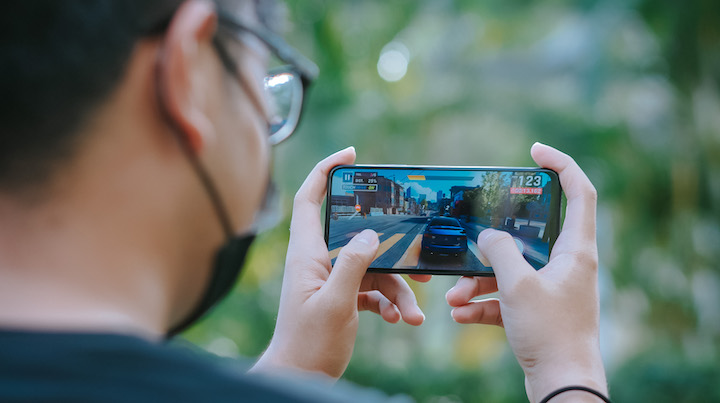
The Redmi Note 11 comes equipped with a Qualcomm Snapdragon 680 4G with an Adreno 610 GPU when it comes to performance. Our unit has 64GB of internal storage plus 4GB RAM, but it is also available in 128GB + 4GB and 128GB + 6GB of RAM configurations. The hardware is decent, although don’t expect it to perform like a flagship, so expect some minor hiccups… Still, in general, the performance is good for its caliber when doing basic day-to-day multitasking, though it can be a little challenging if there are a lot of apps running in the background as you can experience its sluggishness.
If you are interested in numbers, here are the benchmark scores.
• AnTuTu v9.2.6 – 273,685
• AnTuTu v9.1.7 Storage Test – 29,230, (982.4 MB/s Seq. Read, 428.1 MB/s Seq. Write)
• Geekbench 5.4.4 – 380 (Single-Core), 1,724 (Multi-Core)
• PCMark – 8,344 (Work 3.0)
• 3D Mark – 1,783, 35.10 Ave FPS (Wild Life), 1,891 (Wild Life Extreme)
These numbers are decent, but when playing graphically intensive games such as Asphalt 9 and Call of Duty at maximum graphic settings possible, frame rates can go down to 19fps which is not nearly as playable. Therefore, we suggest you turn down the graphics to low or medium settings for a more optimized gaming experience.
With regards to connectivity, the Redmi Note 11 features Wi-Fi, Bluetooth 5.0, GPS, IR Blaster, USB Type-C, and 4G LTE – which can be a deal-breaker for potential buyers as 5G connectivity has been widely available in the country.

When it comes to its battery, we have a massive 5,000mAh battery that promises two days of all-day battery life and supports 33W fast charging, which helped us charge the device from 0-100% in almost an hour is an average speed considering the size of the battery.

In our time with the Redmi Note 11, we got 47% of battery left on our first day, in which we used it to browse the web and social media apps, navigation using Waze, and binge-watching a couple of episodes of “All of us are Dead” in Netflix on mobile data. On our second day, we got 8% of the battery remaining in the middle of the day.
Aside from our real-world battery testing, we ran it through the PCMark’s Work 3.0 Battery test, and we yielded a result of 8 hours and 14 minutes, while in our Standard Video Loop Test, we got 19 hours and 4 minutes of continuous 1080p video playback.
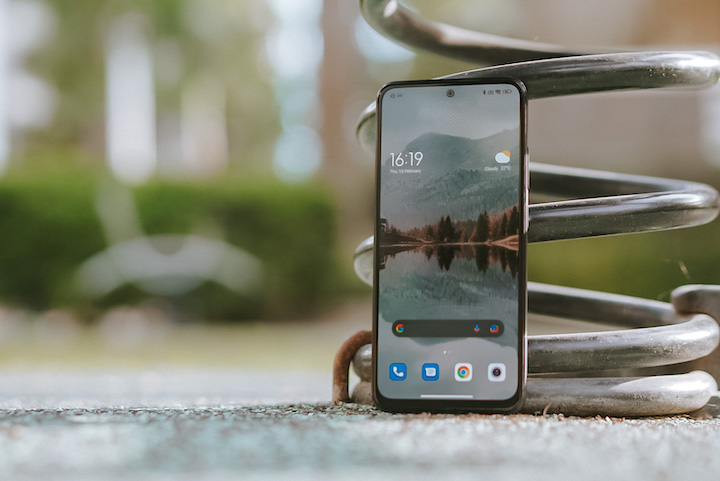
Decent is the right word to describe the Redmi Note 11 as it doesn’t have flashy features. But maybe that’s more than enough for most users, especially given its low price tag. The Redmi Note 11 4GB + 64GB is priced at PHP 9,499USD 162INR 13,722EUR 154CNY 1,179, while the 6GB + 128GB is priced at PHP 9,999USD 170INR 14,445EUR 162CNY 1,241. It has nice specs, adequate performance, excellent display, and attractive design. However, maybe decent isn’t enough, especially for those who need extra power for gaming and multitasking, and if you do, you might want to look somewhere else and get ready to spend a little more.
So, what do you guys think about the Redmi Note 11? Do let us know in the comments section below!
Xiaomi Redmi Note 11 specs:
6.43-inch FHD+ (2400 x 1080) AMOLED display
90Hz refresh rate, 180Hz touch sampling rate
Corning Gorilla Glass 3 front
Qualcomm Snapdragon 680 SoC
Adreno 610 GPU
4GB, 6GB LDPRR4X RAM
64GB, 128GB UFS 2.2
microSD support (dedicated)
Quad-rear cameras:
• 50MP F1.8 main
• 8MP F2.2 ultra-wide
• 2MP F2.4 macro
• 2MP F2.4 depth
13MP F2.4 front camera
Dual-SIM
4G LTE
WiFi 802.11 a/b/g/n/ac
Bluetooth 5.0
NFC
IR blaster
GPS, A-GPS, GLONASS, BDS, GALILEO
Fingerprint scanner (side)
USB-C
Dual speakers
3.5mm audio jack
IP53 splash-proof
MIUI 13 (Android 11)
5,000mAh battery w/ 33W fast charging
159.87 x 73.87 x 8.09 mm
179 g
Graphite Gray, Twilight Blue, Star Blue

YugaTech.com is the largest and longest-running technology site in the Philippines. Originally established in October 2002, the site was transformed into a full-fledged technology platform in 2005.
How to transfer, withdraw money from PayPal to GCash
Prices of Starlink satellite in the Philippines
Install Google GBox to Huawei smartphones
Pag-IBIG MP2 online application
How to check PhilHealth contributions online
How to find your SIM card serial number
Globe, PLDT, Converge, Sky: Unli fiber internet plans compared
10 biggest games in the Google Play Store
LTO periodic medical exam for 10-year licenses
Netflix codes to unlock hidden TV shows, movies
Apple, Asus, Cherry Mobile, Huawei, LG, Nokia, Oppo, Samsung, Sony, Vivo, Xiaomi, Lenovo, Infinix Mobile, Pocophone, Honor, iPhone, OnePlus, Tecno, Realme, HTC, Gionee, Kata, IQ00, Redmi, Razer, CloudFone, Motorola, Panasonic, TCL, Wiko
Best Android smartphones between PHP 20,000 - 25,000
Smartphones under PHP 10,000 in the Philippines
Smartphones under PHP 12K Philippines
Best smartphones for kids under PHP 7,000
Smartphones under PHP 15,000 in the Philippines
Best Android smartphones between PHP 15,000 - 20,000
Smartphones under PHP 20,000 in the Philippines
Most affordable 5G phones in the Philippines under PHP 20K
5G smartphones in the Philippines under PHP 16K
Smartphone pricelist Philippines 2024
Smartphone pricelist Philippines 2023
Smartphone pricelist Philippines 2022
Smartphone pricelist Philippines 2021
Smartphone pricelist Philippines 2020
AldwinIsHere says:
I’ll honestly wait for Redmi 11 instead
Galamoth717 says:
“A couple of weeks back, we did our unboxing and hands-on video on the Xiaomi Redmi Note 11. It’s got a 6.6-inch display, Snapdragon 680 processor, dual rear cameras, and a 5,000mAh battery.”
I am confused. 6.6 inch display pero 6.43 sa later part ng review?
Hartis says:
Can you tell me what is the combination this number 65*****896
Hartis says:
Because I forgotten my number I reset my phone
Denden says:
Which phone do you think is better, oppo a55, vivo y21t or Redmi note 11. I’m not a gamer, I usually use my phone for watching videos, chatting and Ms office or wps
commeter says:
Really digging the form factor and 6.43 inch screen, also weighs lighter than typical phones in this price range. Ok for day to day non-gaming use, even if the cameras are just ok.
Shah Gee says:
The Redmi Note 11 is a stylish budget phone with a good display, smooth performance, and decent camera. Its battery life is reliable, making it a solid choice for those on a budget.